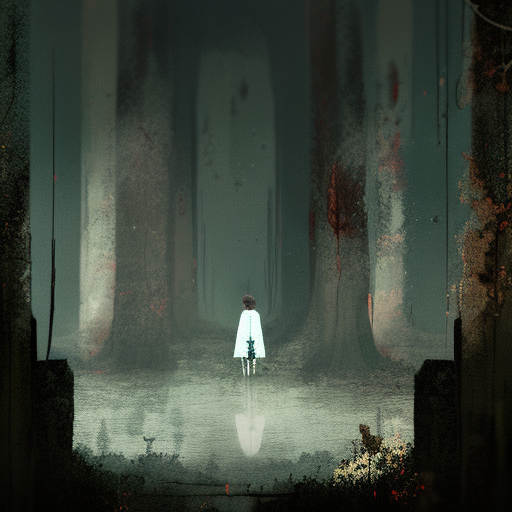The Little Stranger: A Haunting Tale of Mystery and Intrigue
In “The Little Stranger” by Sarah Waters, a dilapidated mansion in post-World War II England becomes the setting for a chilling tale of mystery and intrigue. Dr. Faraday, a country physician, is called to Hundreds Hall, a once-grand estate now inhabited by the Ayres family. As he becomes entangled in their lives, he uncovers dark secrets that threaten to consume them all. This atmospheric novel explores themes of class, trauma, and the supernatural, leaving readers questioning the line between reality and the supernatural.
A Fading Aristocratic World
Set in the late 1940s, “The Little Stranger” takes place in a world on the cusp of change. The Ayres family, once wealthy and influential, now finds themselves struggling to maintain their crumbling estate. The decaying mansion, Hundreds Hall, serves as a metaphor for the fading aristocratic world. As the Ayres family clings to their past glory, tensions rise, and the house itself seems to take on a malevolent presence.
A Mysterious Presence
From the moment Dr. Faraday sets foot in Hundreds Hall, he senses a strange and unsettling atmosphere. As he becomes more involved with the Ayres family, he witnesses a series of unexplained events that suggest a supernatural presence within the house. Objects move on their own, strange noises are heard in the night, and the family’s young daughter, Susan, claims to see a ghostly figure. Is the house haunted, or is there a more rational explanation for these occurrences?
The Unraveling of Sanity
As the story progresses, the Ayres family’s grip on reality begins to unravel. Roderick, the son and heir to Hundreds Hall, suffers from war-related injuries and struggles with his mental health. His sister, Caroline, tries to hold the family together but is haunted by her own past. Dr. Faraday, too, finds himself drawn into the web of madness, questioning his own sanity as he becomes more entangled with the Ayres family and the mysteries of Hundreds Hall.
Throughout the novel, Sarah Waters masterfully blurs the line between the supernatural and psychological, leaving readers to question what is real and what is imagined. Is the haunting a manifestation of the family’s trauma and decline, or is there truly a malevolent force at work? Waters expertly builds tension, creating an atmosphere of unease that lingers long after the final page.
– The Little Stranger explores themes of class, trauma, and the supernatural in post-World War II England.
– The decaying mansion, Hundreds Hall, serves as a metaphor for the fading aristocratic world.
– The novel blurs the line between the supernatural and psychological, leaving readers questioning what is real and what is imagined.
“Perhaps this is how it was in the end: a handful of people, all imperfect, all with their own worries and regrets, stitched together into something brave and good and ongoing.” – Sarah Waters












